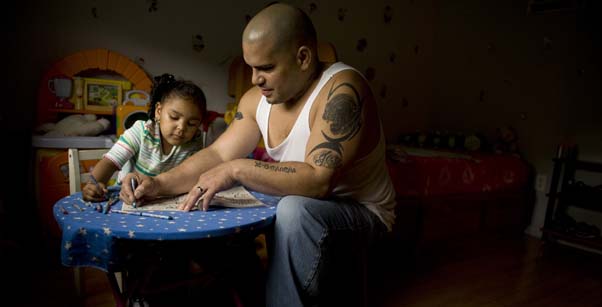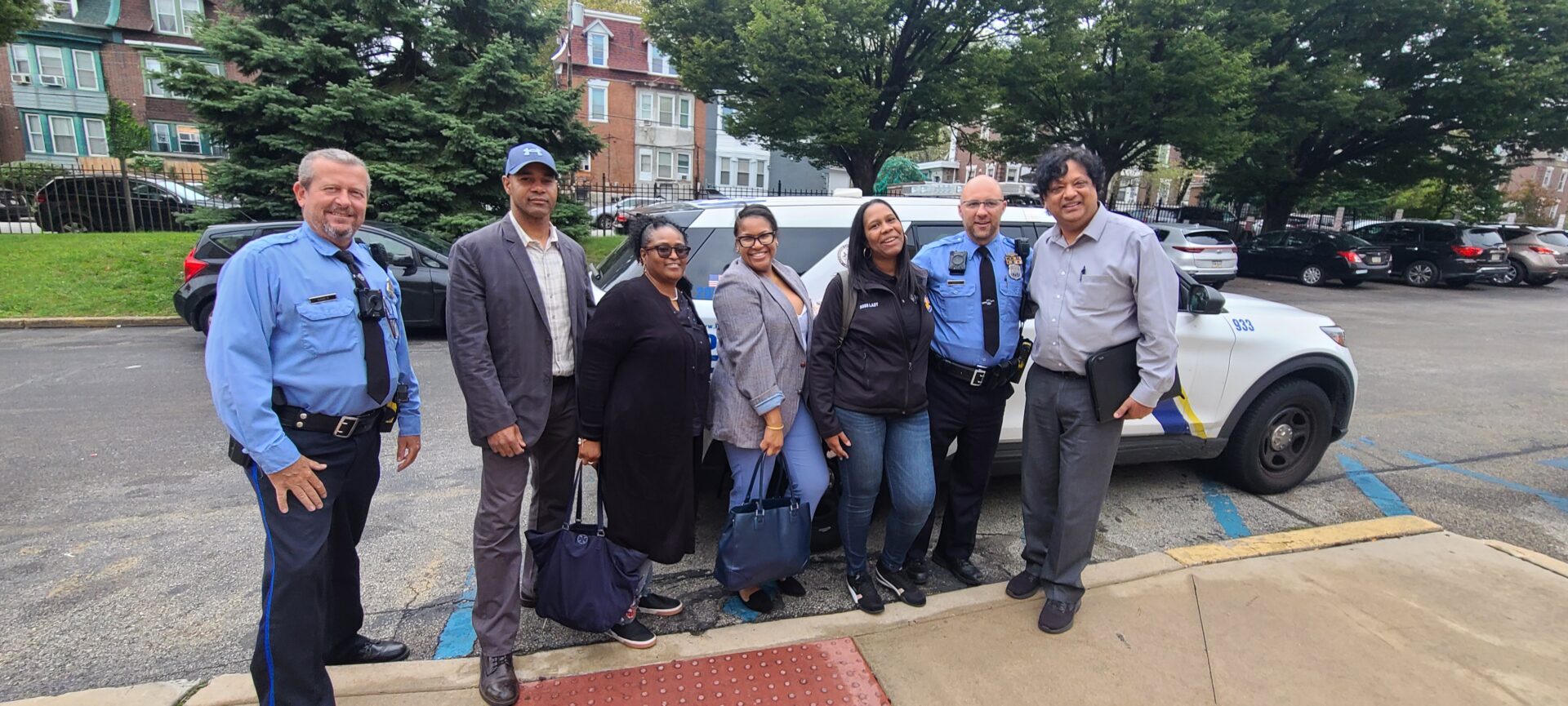The US Department of Health and Human Services, Administration for Children Youth and Families (ACYF) just announced a new $35 million five year public-private partnership with four philanthropic organizations that will support the implementation of supportive housing initiatives in five communities designed to preserve and strengthen vulnerable families, improve child well-being, and prevent foster care placements. ACYF’s philanthropic partners include the Robert Wood Johnson Foundation, the Annie E. Casey Foundation, Casey Family Programs, and Edna McConnell Clark Foundation.
While the federal government has long recognized the housing needs among child welfare system-involved families, reflected in rental assistance programs like HUD’s Family Unification Program (FUP) Vouchers, this funding announcement represents the first federal investment specifically focused on creating supportive housing to reduce child welfare system involvement among homeless and precariously housed families. As such, it reflects ACYF’s belief that supportive housing holds tremendous potential in breaking the cycle of homelessness, parental behavioral health challenges, child neglect and maltreatment, and child removal among the highest need families.
CSH is proud to play a role in informing this new public-private partnership both through our implementation of the Keeping Families Together initiative and through our public education and engagement efforts around the need for federal and philanthropic leadership to address the needs of families experiencing homelessness and recurring child welfare system involvement.
Keeping Families Together was a New York City pilot project funded by Robert Wood Johnson Foundation, and designed and implemented by CSH that sought to answer the question: Could supportive housing permanently end homelessness, child neglect and maltreatment and foster care placement among homeless families with chronic and high levels of child welfare system involvement? To implement the pilot, CSH partnered with New York City government agencies and several nonprofit supportive housing providers to identify, house and provide wrap-around supportive services to 29 homeless families involved in the child welfare system. Families receiving supportive housing through Keeping Families Together had long histories of contacts with the child welfare system, including multiple investigations, incidences of maltreatment and child removals. The children of these 29 families had consumed more than 3,000 foster care days in just the two years prior to placement. Two years after placement into supportive housing, 92% of the families remained housed, open child welfare cases decreased by 61%, children’s school attendance rates increased from 60% to 80% and no children were removed from their parents. Foster care days consumed decreased by 77%.
CSH and RWJF first brought the promising results from this pilot to the attention of officials at ACYF including Commissioner Bryan Samuels in the spring of 2011 and hosted a site visit for these officials to one of the Bronx supportive housing buildings that housed and served families as part of Keeping Families Together. At this site visit, Commissioner Samuels engaged with families, supportive housing staff, RWJF and CSH in a thoughtful dialogue about what made supportive housing successful in preserving and strengthening vulnerable homeless families and reducing their involvement in the child welfare system. ACYF Commissioner Samuels also attended and participated in the Silos to Systems: Solutions for Vulnerable Families co-convened by CSH, RWJF and other partners in October 2011, which highlighted the role that cross-sector and public-private partnerships could play in advancing comprehensive solutions to reach and improve outcomes among child welfare system-involved families.
ACYF and its partners’ new initiative is poised to build strong and compelling evidence of supportive housing’s potential as a cost-effective tool for improving family and child outcomes and addressing avoidable family separations and child removals. More than that, it’s a major step forward towards transforming our nation’s child welfare system and overall public response to vulnerable families by providing them with the housing assistance, resources and support needed to stay together and grow together.



